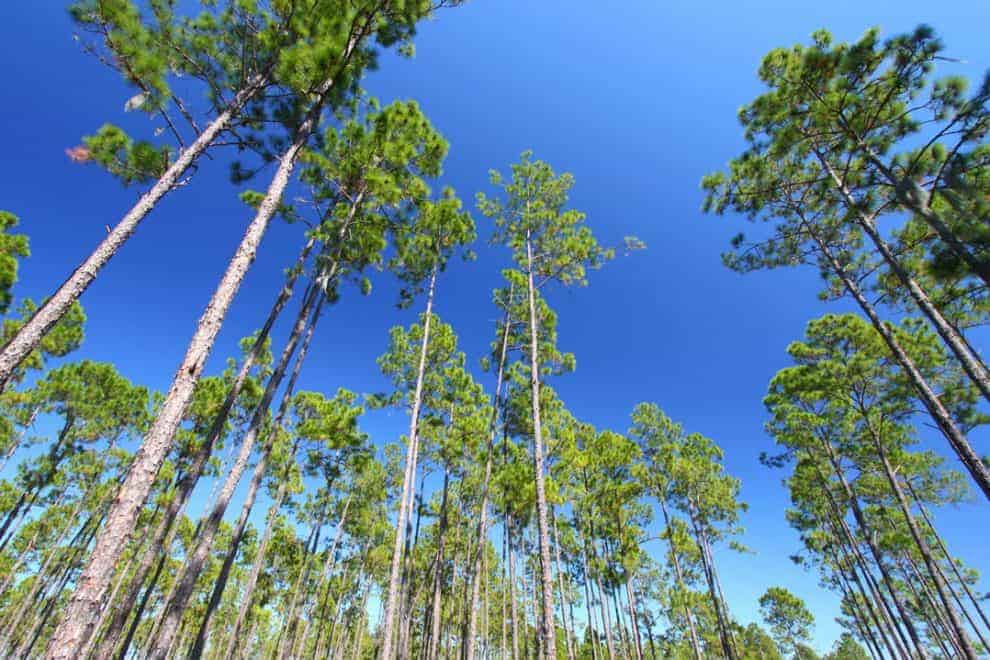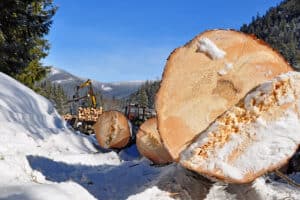I have had the opportunity over the past several years to visit a few classic Southern plantations. With a suburban Chicago upbringing, I had not been particularly exposed to Southern landscapes, but my wife from coastal Georgia soon changed that.
A Southern plantation impresses on all five senses – Carolina blue skies, loblolly-scented air, lowcountry bullfrogs serenading a passing raincloud, fields humid in a late summer day, winter frost against the St. Augustine grass – these lands are doorways into a rarely-experienced world of natural beauty, Old South hospitality, and history.
The plantation lands touched me like few places have. As a real estate and land use lawyer, I quickly wanted to know more about these properties, and what I found was fascinating. Unlike typical natural treasures, such as Half Dome, the Tetons, or Mount Desert Island in Maine, which are ideally removed from all human development, the iconic Southern plantations are a beehive of activity best managed by a proprietor respectfully cultivating the natural, historical, economic, and Southern roots of the land.
It is worth taking a moment to briefly touch on these best management practices:
Historic Stewardship
It is a human trait to want to know the history of one’s surroundings. It ties us to something bigger than just ourselves and makes us feel connected to the universal. A well-managed Southern plantation embraces its history and tells it in subtle ways – a two hundred year old work shed, a Civil War era split-rail fence, a four century old live oak. Some of these properties can trace their origins back to original land grants by the King of England, and others have been operating virtually unchanged since the Civil War years. It is this history that adds depth and perspective to a visit.
Prior to World War II, vast stretches of the South contained natural quail habitat, untouched by human hands. Much of this changed after World War II when the agricultural economy shifted from smaller farm operations to large-scale conglomerates. The result was a large reduction in prime quail habitat acreage. The best Southern plantations, however, are a preserve of the earlier era, when a 1,000 acres could contain a dozen natural quail coveys.
Telling a land’s story is not a simple task. It takes a deep appreciation and understanding of a property’s history to honor its tradition and a love of the land to preserve its historic features.
Design
A well-thought out master plan and design for the entire property will have a beneficial effect for both the operation and economic value of the land. A master plan will include best practices for habitat and landscape planning, building design, and the overall use plan. It will integrate the natural world with human development in a sustainable way.
Best practices for habitat will include cultivating natural habitat for wildlife. For quail, this may be a relatively simple plan to remove invasive species and allow native warm season grass, thicket cover, and weedy fields to grow. Efforts at improving habitat not only benefit the wildlife population but also will increase the dollar-per-acre value of the land.
A high-quality master plan also will address riparian and watershed design issues. Wetlands and riparian buffers contain a disproportionate amount of biodiversity in the ecosystem. Consequently, land planning best practices includes preserving and enhancing these riparian areas. The impact to these areas often come from sources outside of the wetland or buffer, including road and pavement runoff, irrigation tiles, farming pesticides, and sediment erosion that impact riparian areas. A comprehensive plan can address improvements, farming, and ecosystem preservation holistically to avoid conflict between the components.
Cash Flow
Even the busiest hunting plantation benefits from additional cash flow opportunities. Assuming there is enough acreage, a well-managed plantation can incorporate seasonal agricultural uses in its operation. With additional revenue from crops or farming leases, the plantation turns into a more valuable revenue source and avoids becoming a cost burden to the owners.
A second opportunity to maximize the value of the land is through a conservation easement. Assuming the landowner enters into a conservation easement that qualifies under federal and state tax laws, the resulting tax benefits will positively impact not only the plantation’s immediate bottom line but also can likely help ease the tax burden associated with a family’s succession planning.
A third opportunity to maximize cash flow is through carbon markets and carbon credits. Although still an emerging marketplace, the carbon market and carbon sequestering can present benefits to the large landowner. One thousand acres or more of mature trees can be included in certain types of forest management plans for generating carbon credits. These plans can work well with hunting plantations that have limited timber harvesting demands.
A Well-implemented Plan
Obviously, this article is just touching lightly on these topics, and all of these considerations should be discussed in detail with experienced advisors, such as Field Sport Concepts, prior to taking any action. Well-implemented plans, however, will provide historically significant landscapes with enhancements benefiting the value, environment, and importance of these very special properties.
This content may not be used or reproduced in any manner whatsoever, in part or in whole, without written permission of LANDTHINK. Use of this content without permission is a violation of federal copyright law. The articles, posts, comments, opinions and information provided by LANDTHINK are for informational and research purposes only and DOES NOT substitute or coincide with the advice of an attorney, accountant, real estate broker or any other licensed real estate professional. LANDTHINK strongly advises visitors and readers to seek their own professional guidance and advice related to buying, investing in or selling real estate.










Great article. There are many facets to managing a piece of land to maximize its use but also to respect its contribution to a good planet and the lives of its stewards.
Well written and very informative! I attended college in SC years ago and your description of a southern plantation captured the experience perfectly. Enjoyed the article immensely.